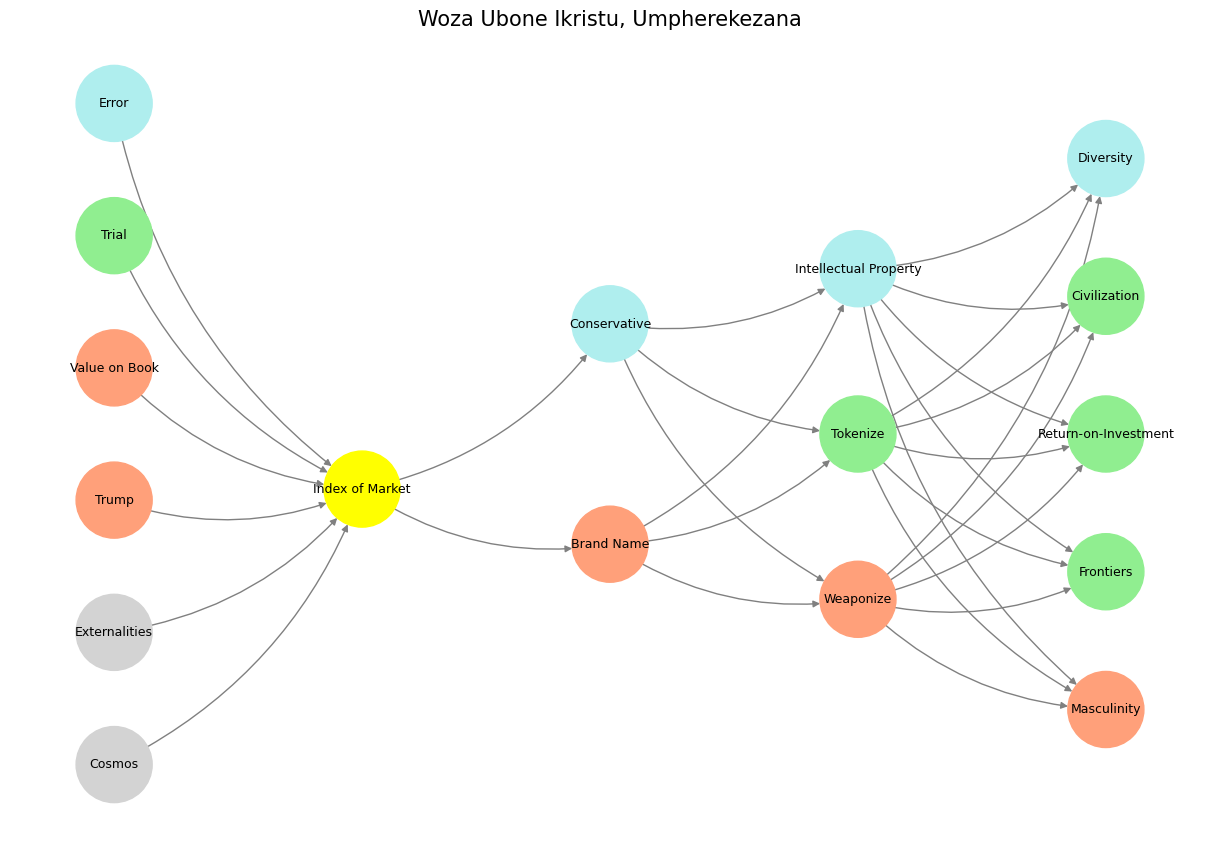Apollo & Dionysus#
The sinking of the Titanic is not just a historical event but a parable embedded in the grand architecture of human folly. It is a story that belongs to the domain of hubris—the 5-95 realm, where belief outruns reason, where faith in progress blinds men to the forces they cannot control. The ship, hailed as “unsinkable,” was a triumph of engineering, luxury, and ambition, but it was also a wager against nature itself. It was not merely a ship; it was a statement, a proclamation that human ingenuity had conquered the chaos of the sea. And yet, in a single cold night, it was undone by a mere iceberg—an event as indifferent as a roll of dice.

Fig. 16 Love looks not with the eyes, but with the mind; And therefore is wing’d Cupid painted blind. Nor hath love’s mind of any judgment taste. Wings, and no eyes, figure unheedy haste. Source: Midsummer Nights Dream#
This is the world where Icarus flies too close to the sun, where blind faith leads to tragedy, where an empire assumes itself eternal right before its fall. The Titanic was not just a shipwreck; it was a monument to the arrogance of certainty. The decisions made on that fateful voyage were not inherently reckless in isolation. Sailing at full speed despite warnings, lacking enough lifeboats, dismissing the possibility of disaster—each was an assumption stacked upon another, forming a chain of inevitability that was only realized in hindsight. This is the essence of the 5-95 domain: where men step into the void with confidence, only to realize too late that they were playing a game with rules they did not fully understand.
The story of the Titanic is the same story as the gambler who goes all in on a bad hand, the lovers who marry at first sight only to regret it years later, the conqueror who believes his empire will last forever. It is the realm of tragic certainty—where the illusion of control is shattered by an indifferent reality. Some will emerge as legends, rewriting fate through sheer force of will, but most will suffer the fate of the fool, realizing too late that they were walking a path laid out by chance rather than design. The ship was not merely a physical marvel; it was a vessel of belief, carrying not just passengers but the hopes of an age convinced that progress had rendered caution obsolete.
The lesson of the Titanic is not just about icebergs, nor is it about human error in a simple sense. It is about intelligence as the true navigator of fate. The greatest mistake is not simply miscalculating risks—it is believing that risk no longer exists. The engineers who built the ship were brilliant, the captain was experienced, the passengers were among the wealthiest and most powerful of their time. Yet none of them could override the fundamental truth: the ocean does not care for human confidence. Intelligence, in its highest form, is not just about building, competing, or achieving; it is about knowing when the game is beyond your control.
Even at the pinnacle of human endeavor, respect for the game remains paramount. The Titanic reminds us that no one is truly invincible—not kings, not captains, not empires. To play at the highest level is to know when to trust, when to build, when to bluff, and, most importantly, when to walk away. The ship that was too grand to fail, too powerful to sink, is now a cautionary tale resting at the bottom of the Atlantic. And yet, history repeats itself, because the domain of hubris is eternal.
Show code cell source
import numpy as np
import matplotlib.pyplot as plt
import networkx as nx
# Define the neural network fractal
def define_layers():
return {
'World': ['Cosmos', 'Externalities', "Trump", 'Value on Book', 'Trial', 'Error', ],
'Mode': ['Index of Market'],
'Agent': ['Brand Name', 'Conservative'],
'Space': ['Weaponize', 'Tokenize', 'Intellectual Property'],
'Time': ["Masculinity", 'Frontiers', 'Return-on-Investment', 'Civilization', 'Diversity']
}
# Assign colors to nodes
def assign_colors():
color_map = {
'yellow': ['Index of Market'],
'paleturquoise': ['Error', 'Conservative', 'Intellectual Property', 'Diversity'],
'lightgreen': ['Trial', 'Tokenize', 'Frontiers', 'Return-on-Investment', 'Civilization'],
'lightsalmon': [
"Trump", 'Value on Book', 'Brand Name',
'Weaponize', "Masculinity"
],
}
return {node: color for color, nodes in color_map.items() for node in nodes}
# Calculate positions for nodes
def calculate_positions(layer, x_offset):
y_positions = np.linspace(-len(layer) / 2, len(layer) / 2, len(layer))
return [(x_offset, y) for y in y_positions]
# Create and visualize the neural network graph
def visualize_nn():
layers = define_layers()
colors = assign_colors()
G = nx.DiGraph()
pos = {}
node_colors = []
# Add nodes and assign positions
for i, (layer_name, nodes) in enumerate(layers.items()):
positions = calculate_positions(nodes, x_offset=i * 2)
for node, position in zip(nodes, positions):
G.add_node(node, layer=layer_name)
pos[node] = position
node_colors.append(colors.get(node, 'lightgray'))
# Add edges (automated for consecutive layers)
layer_names = list(layers.keys())
for i in range(len(layer_names) - 1):
source_layer, target_layer = layer_names[i], layer_names[i + 1]
for source in layers[source_layer]:
for target in layers[target_layer]:
G.add_edge(source, target)
# Draw the graph
plt.figure(figsize=(12, 8))
nx.draw(
G, pos, with_labels=True, node_color=node_colors, edge_color='gray',
node_size=3000, font_size=9, connectionstyle="arc3,rad=0.2"
)
plt.title("Woza Ubone Ikristu, Umpherekezana", fontsize=15)
plt.show()
# Run the visualization
visualize_nn()


Fig. 17 Change of Guards. In Grand Illusion, Renoir was dealing the final blow to the Ancién Régime. And in Rules of the Game, he was hinting at another change of guards, from agentic mankind to one in a mutualistic bind with machines (unsupervised pianos & supervised airplanes). How priscient!#

